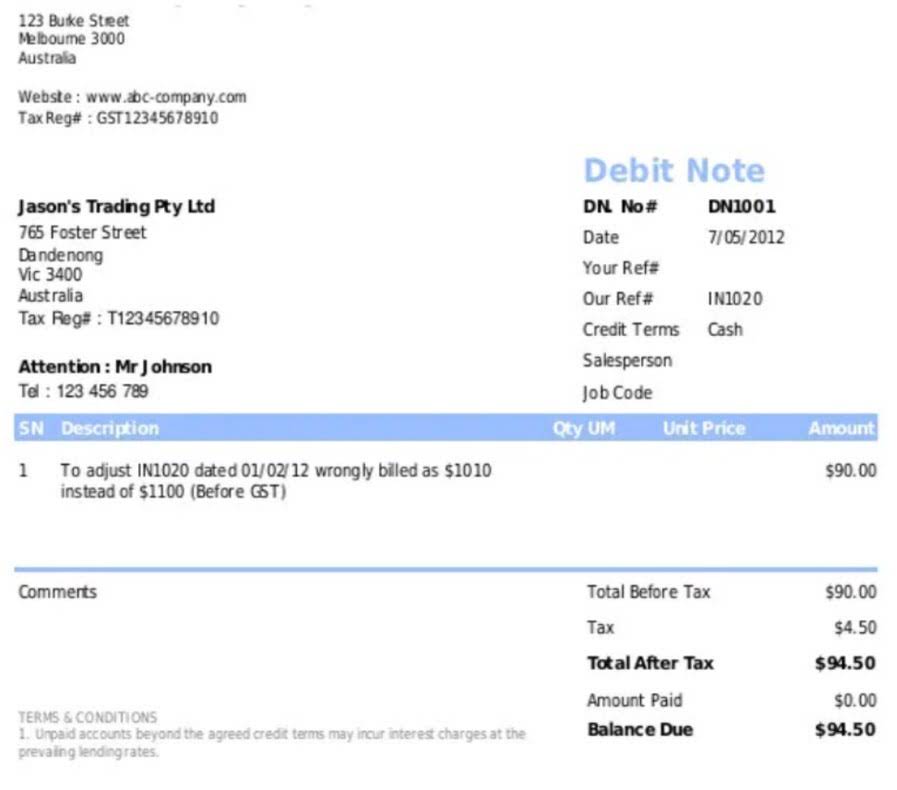
Generally speaking, there are two ways your organization can allocate expenses in its budget. The first method is based on the type of payment you’ll make to cover each intended cost, referred to as natural expense allocation. The second method, functional expense allocation, is based on how each Certified Bookkeeper expenditure impacts your mission. Direct expenses are specifically tied to a program or activity, such as program staff salaries or project supplies. Indirect expenses, such as rent or administrative salaries, benefit multiple programs and require allocation using a consistent method, often through a cost allocation plan.
How Nonprofits Can Prepare for New Financial Reporting Standards
Accurate grant and donation tracking is critical for compliance with donor restrictions and financial transparency. Effective tracking systems monitor the receipt and use of funds, ensuring adherence to donor intentions and legal requirements. This involves maintaining detailed records of each grant or donation, including donor identity, fund purpose, and any specific restrictions. Nonprofit organizations play a crucial role in addressing societal needs, and their financial management practices are essential for sustainability and achieving mission-driven goals. Unlike for-profit entities, nonprofits encounter unique accounting challenges requiring specialized approaches to maintain transparency and accountability. The Generally Accepted Accounting Principles (GAAP) provide a framework for accounting and financial reporting across various sectors, including non-profit organizations.
SERVICES

The statement of cash flows categorizes cash movements into operating, investing, and financing activities, offering insights into liquidity and cash management. This is essential for sustaining operations and understanding how cash is generated and utilized. Cost drivers, such as labor hours, headcount, or program revenue, are commonly used to allocate indirect expenses fairly. For example, using labor hours as a cost driver ensures programs requiring more staff time bear a larger share of indirect costs. This method aligns with IRS guidelines, which require nonprofits to demonstrate equitable and justifiable allocations.
Automated compliance reminders
Nonprofits must be transparent about how these changes will affect their financial statements and overall organizational performance. This communication should extend beyond internal staff and board unearned revenue members to include donors, grantors, clients, and other key stakeholders who rely on accurate financial information. Your nonprofit also needs to produce specialized financial reports, such as statements of activities, to show how funds are used to support its mission.
- This report divides your organization’s expenses into the functional expense categories we outlined previously to demonstrate how your funding is being used to further your mission.
- This process involves revising existing documentation to reflect the changes in revenue recognition and expense reporting.
- To help you comply with nonprofit accounting standards and GAAP and overcome some of the challenges, here are some best practices to keep in mind.
- Nonprofit financials are reports that detail the financial health and performance of a nonprofit organization.
Do You Struggle to Make Sense of Your Financial Statements?
Aplos is a robust accounting system that allows you to keep track of your grants, programs, and fundraising so you can give your board clarity on your finances. Nonprofit financials are reports that detail the financial health and performance of a nonprofit organization. This summary should highlight key points from the financial statements, like major changes in revenue or expenses, and any significant achievements or challenges.

Best practices for nonprofit financial reporting

The Financial Accounting Standards Board (FASB) has implemented these changes, which include updates to how nonprofits recognize revenue, report expenses, and present their financial statements. Preparing financial statements for nonprofits involves reflecting the organization’s financial health and operational efficiency. Nonprofits must adhere to FASB’s ASC 958, which requires a statement of financial position, a statement of activities, and a statement of cash flows.

Document all sources gaap accounting for donated assets of income and expenses, and present financial statements in an understandable format that anyone involved with the organization can access and interpret. This report provides an overview of your nonprofit’s financial health at a particular moment. Not-for-profit financial reporting shows potential donors that you’re a solid organization with a track record of success. While your nonprofit may often strive to minimize overhead, these expenses are key for sustaining daily operations and enabling growth. At times, increasing the overhead budget is necessary to invest in areas like technology, staffing, or fundraising initiatives that support long-term success.
- By keeping these explanations straightforward, donors can see how effectively you’re using their contributions.
- It becomes much easier to produce accurate financial statements that meet compliance requirements.
- Whether you’re helping people, funding community projects, rehoming animals, or supporting schools, every bit of money needs to be tracked and used wisely.
- Properly categorizing overhead costs is essential for maintaining effectively managing expenses of your organization.
- Third parties like CPAs use tags to better understand data from weeks or months earlier.
- GAAP covers key areas like revenue recognition, expense matching, and fund classification.
- So if you want tools to simplify your financial information, and make those documents GAAP compliant, having the right kind of accounting software is very important.
- Nonprofits receive both restricted and unrestricted, and having clear policies in place helps ensure compliance with GAAP and donor expectations.
- Internal controls are a set of written policies, processes, procedures, and systems of authorization, reconciliation, documentation, security, and separation of duties.
This blog post will delve into the essential aspects of ASC 842 regulations and answer common questions like how ASC 842 applies to nonprofits and how it may impact non-profit organizations. Additionally, we will explore the world of Generally Accepted Accounting Principles (GAAP) applied in nonprofit accounting. A nonprofit financial statement helps long-term financial planning by providing a clear picture of the organization’s financial health, including revenue streams, expenses, assets, and liabilities. It forms the foundation for nonprofit accounting with a consistent set of rules that ensure financial statements are reliable, consistent, and easy to compare.

